Could we achive turning the screen into grayscale using GammaRamp (SetDeviceGammaRamp) on Windows OS (7,8,10)? I need this to simulate E-Ink reader. I am using this class in order to control colors temperature and tried to implement algorithm for converting RGB image into grayscale using following factors: red * 0.2126; green * 0.7152; blue * 0.0722 which I read for in this article. Result was not a pure grayscale. I don't understand how exactly gammaramp array set by SetDeviceGammaRamp is changing the colors and this is why can't implement grayscale algorithm. Any suggestions how to implement grayscale convertion in this class with SetDeviceGammaRamp?
public static class GammaRamp
{
[DllImport("gdi32.dll")]
private unsafe static extern bool SetDeviceGammaRamp(Int32 hdc, ushort* ramp);
[DllImport("gdi32")]
private unsafe static extern bool GetDeviceGammaRamp(Int32 hdc, ushort* ramp);
private static Int32 hdc;
public static unsafe void Set(int aBrightness, int aRed, int aGreen, int aBlue)
{
double red = 1, green = 1, blue = 1;
red = (double)aRed / (double)255;
green = (double)aGreen / (double)255;
blue = (double)aBlue / (double)255;
//Memory allocated through stackalloc is automatically free'd by the CLR.
ushort* rgbArray = stackalloc ushort[768]; //3 * 256
ushort* idx = rgbArray;
for (int j = 0; j < 3; j++)
{
for (int i = 0; i < 256; i++)
{
double arrayVal = (double)(i * (aBrightness + 128));
if (arrayVal > 65535)
arrayVal = (double)65535;
if (j == 0) //red
arrayVal = arrayVal * red * 0.2126;
else if (j == 1) //green
arrayVal = arrayVal * green * 0.7152;
else //blue
arrayVal = arrayVal * blue * 0.0722;
*idx = (ushort)arrayVal;
idx++;
}
}
hdc = Graphics.FromHwnd(IntPtr.Zero).GetHdc().ToInt32();
SetDeviceGammaRamp(hdc, rgbArray);
}
}
If it is not possible to use GammaRamp what it is I prefer to, because it is supportted in Win 7,8 and 10, I will use a new feature but only for Windows 10
but to control this setting from WPF application I have to change following registry keys
Computer\HKEY_CURRENT_USER\Software\Microsoft\ColorFiltering\Active = 1 Computer\HKEY_CURRENT_USER\Software\Microsoft\ColorFiltering\FilterType = 0
which I can easily do, but how to make Windows OS to refresh this new settings from the registry? This will be a useful answer too.
At the end I will say that I know about MagSetColorEffect winAPI which I will use for Windows 7 if there is no way to use GammaRamp or other option, but it is last option because it require Aero to be enabled, which is a kind of limitation.



